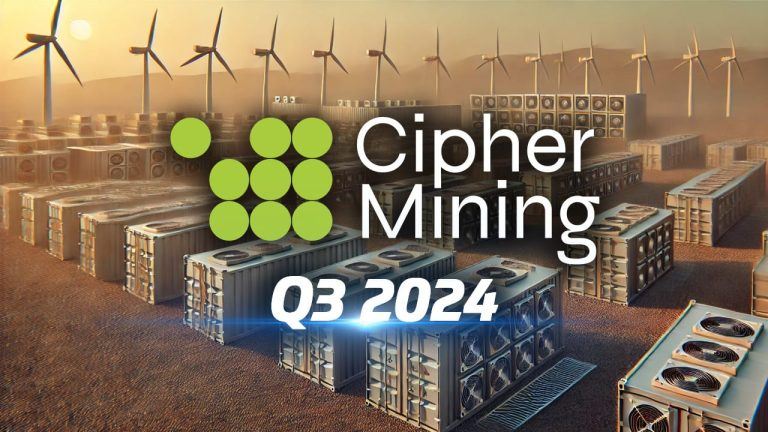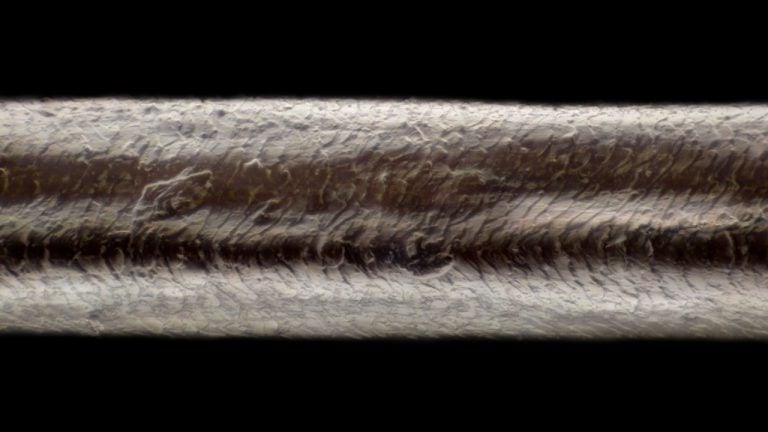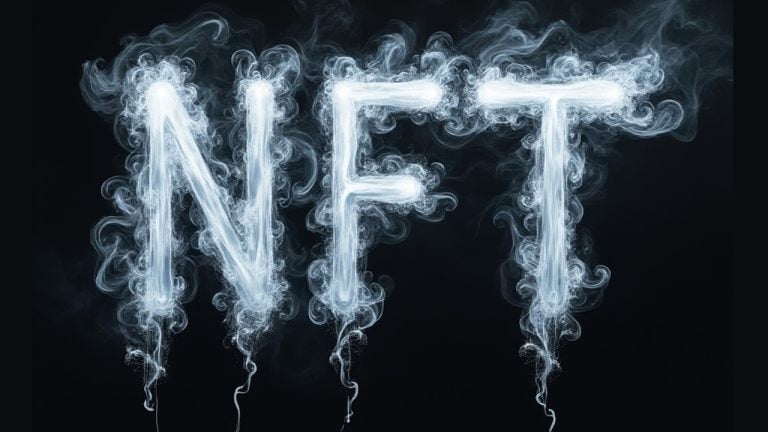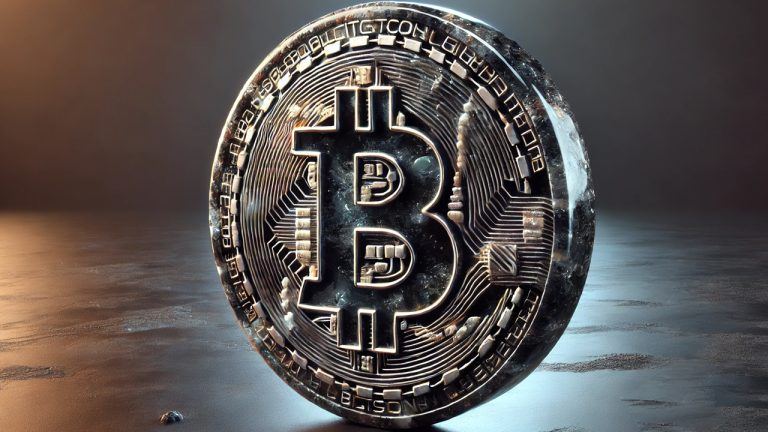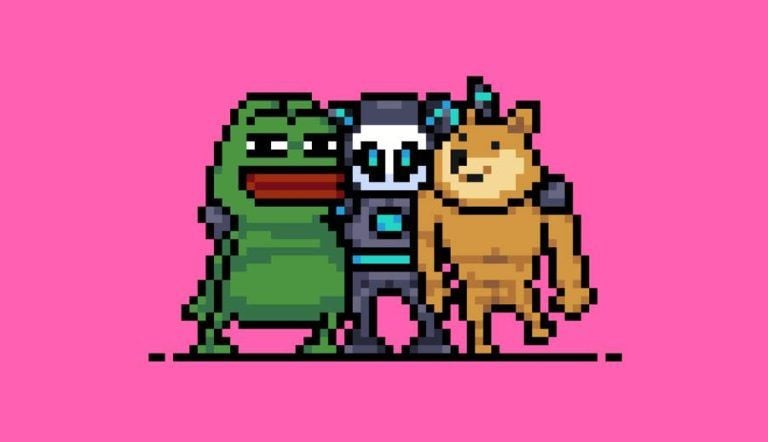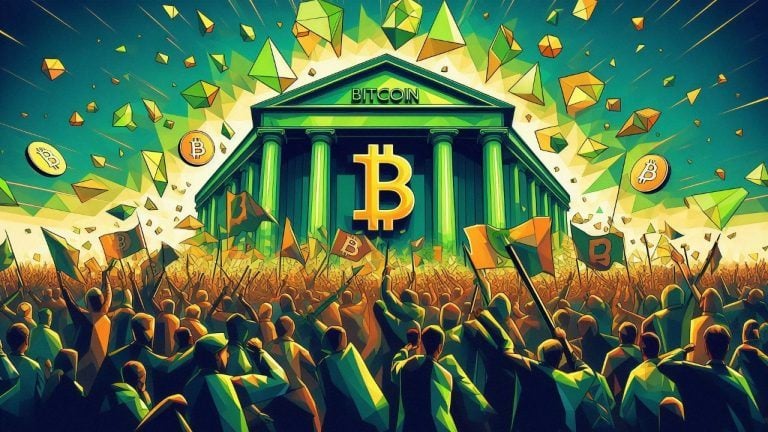
The Rise of NFTs – The New Digital Collectible

HodlX Guest Post Submit Your Post
While Bitcoin is considered as the digital alternative to fiat currency, non-fungible tokens (NFTs) are now considered as the digital answer to collectibles.
NFTs have moved from a niche curiosity to a cultural phenomenon. From digital art to memes, to play-to-earn games, NFT popularity has spread like wildfire. NFT ownership around the world has risen according to Finder’s Global NFT Adoption report. In particular, Southeast Asian countries including the Philippines, Thailand, and Malaysia are leading the pack in terms of NFT ownership and awareness.
Like many other people in the world, you might be wondering what an NFT is. According to the same report, in the US, 70.6% of internet users still don’t know what NFTs are – so, you are definitely not alone.
What the heck are NFTs?
NFTs or non-fungible tokens are a digital way to prove uniqueness. Fungible assets are things that can be readily interchanged or traded for the same value. If you swap a dollar bill for 10 dimes, you will have the same value. However, if something is considered non-fungible, you cannot swap it for anything as it is entirely unique. In short, no two NFTs are the same.
Think of trading cards, rare coins, or a hand-crafted limited-edition designer watch. NFTs have unique properties that cannot be interchanged with something else. An example of this would be a painting like the Mona Lisa. You can take a photo or buy a print, but there will only ever be a single original painting – often imitated but irreplaceable.
In essence, NFTs are unique digital assets that can be bought like any other piece of property but they do not necessarily have any tangible forms. These digital tokens are secured on a blockchain, which proves ownership for a digital asset like an artwork.
NFTs are often used to buy or sell digital artwork but can also include GIFs, viral tweets, virtual and digital trading cards, photographs and even video game assets, to name a few. However, a big chunk of the current excitement around NFTs is in using technology to sell digital art.
How do NFTs work?
NFTs, just like any traditional work of art, are valuable because they are one of a kind. However, digital files can be easily and endlessly duplicated. With NFTs, artworks are tokenized and verifiable on a blockchain when they are created so that they can be bought and sold.
Anybody can tokenize their work and sell them as NFTs, but interest has been fueled by the recent NFT boom which caused digital work to be sold for millions of dollars. Keep in mind, though – art is not the only thing that is tokenized. Twitter’s founder Jack Dorsey sold an NFT of his first-ever tweet with bids hitting as high as $2.9 million.
A 2011 animated gif of a flying Pop-Tart cat called the Nyan Cat – the ultimate meme of the 2010s – has been auctioned for 300 ETH ($1.2 million at the time of writing). Another major event was when Grimes sold some of her artworks as NFT pieces for $6 million.
What’s stopping people from copying digital art?
Nothing. It has been done with traditional art before and it will be done with NFTs. Millions have already seen tokenized memes like the Nyan Cat, which was copied and shared on the internet countless times before its tokenization.
However, the buyer of the NFT owns a digital token that proves they own the original work, and this equates to an actual proof of ownership. Many collectors compare it to buying an autographed print of your favorite artist. It’s something that you can bring up and brag about with your friends at a dinner table – but this use of NFTs is only the beginning.
How to buy NFTs
You’ll need to decide what marketplace to buy from, what type of digital wallet is required to store it and what kind of cryptocurrency you’ll need to complete the sale. Some of the most common NFT marketplaces are OpenSea and Mintable.
The price tags of NFT artworks aren’t the only thing you should consider. When buying NFTs, be aware of other fees that you need to settle, like the gas fees of your transaction, which is the energy required to complete the transaction on the blockchain. Other fees can include the costs for converting dollars into cryptocurrency and specific platform fees where applicable.
NFTs have grown significantly in the past years and still have a long way to go. We are on the cusp of a potential digital revolution where NFTs can help transform how we interact with the digital world. Today’s concert tickets, property deeds and favorite gifs might be tomorrow’s NFTs, so keep an eye on this emerging space.
Zak Killermann is a writer who’s been specializing in cryptocurrencies and blockchain technology for four years – covering everything from ICO booms, crypto winters, meme coins and more. He’s mined and minted cryptocurrencies and remembers the days when DOGE was just for fun. Zak’s focus is on breaking down technical concepts (like yellow papers) for the average folk to digest on their morning commute. Before diving into all things crypto, Zak contributed to Finder’s money transfers vertical.
Follow Us on Twitter Facebook Telegram
Disclaimer: Opinions expressed at The Daily Hodl are not investment advice. Investors should do their due diligence before making any high-risk investments in Bitcoin, cryptocurrency or digital assets. Please be advised that your transfers and trades are at your own risk, and any loses you may incur are your responsibility. The Daily Hodl does not recommend the buying or selling of any cryptocurrencies or digital assets, nor is The Daily Hodl an investment advisor. Please note that The Daily Hodl participates in affiliate marketing.
Featured Image: Shutterstock/G-Stock Studio
The post The Rise of NFTs – The New Digital Collectible appeared first on The Daily Hodl.
Go to Source
Author: Zak Killermann

